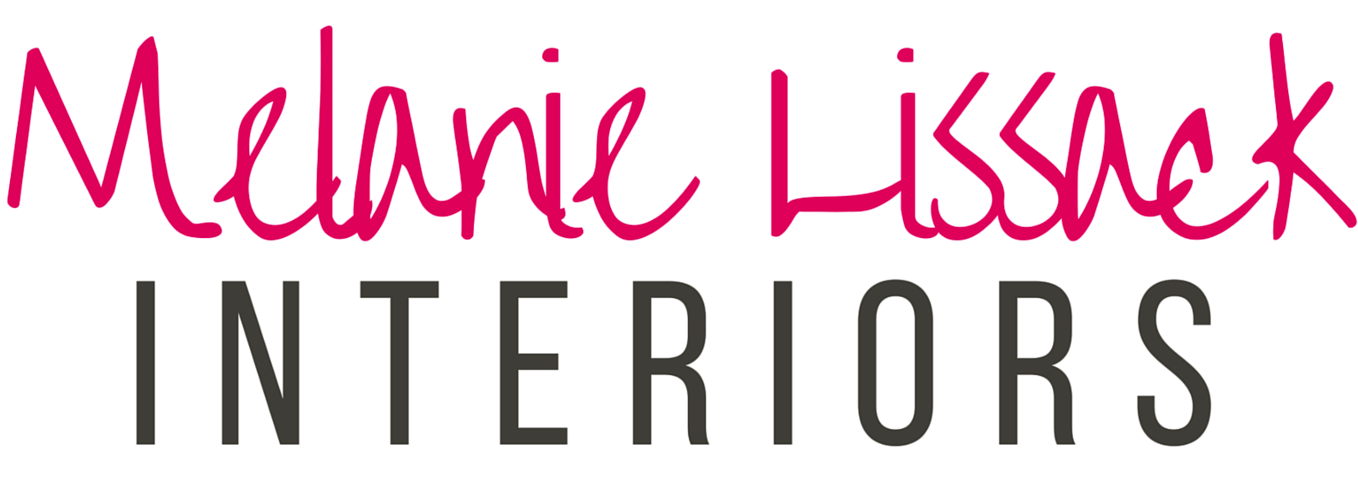How to Mix and Match Custom Wall Art in Your Home
Featured Partner Post
Custom wall art can transform your home and add a personal touch to your space. It allows you to express your unique style and create a curated ambiance. Whether you are redesigning an entire room or simply adding a few finishing touches, custom wall art can make a significant impact.
Choosing the Right Themes and Styles
When it comes to mixing and matching custom wall art prints, it's important to consider the overall theme and style of your home. By choosing pieces that complement each other, you can create a cohesive look and feel throughout your space.
Start by identifying the themes that resonate with you. Are you drawn towards nature-inspired designs or prefer abstract art? Think about the mood you want to evoke in each room—serene, vibrant, or contemporary—and choose art pieces that align with that vision.
If you are unsure about the specific styles to go for, take inspiration from existing elements in your home—a striking color scheme, architectural features, or furniture pieces can guide your decision-making process.
Balancing Sizes and Proportions
Another crucial aspect of mixing and matching custom wall art is finding the right balance in sizes and proportions. An arrangement that includes various-sized artworks adds visual interest while ensuring harmony within the space.
Consider creating a focal point by placing a larger artwork in the center—this draws attention to the piece while allowing smaller artworks to complement it on either side. Breaking up symmetrical patterns with varying sizes of artwork adds an element of surprise and creates movement within the composition.
Take note of ceiling height when selecting size options: taller ceilings often call for larger artworks to fill up vertical space effectively, whereas shorter ceilings may benefit from smaller, vertically oriented prints layered together.
Mixing Media Types
One way to create an eclectic mix of custom wall art is by experimenting with different media types. Combining canvas prints, framed photographs, and even three-dimensional art pieces can add depth and texture to your walls.
Explore various mediums, such as acrylic, oil paint, watercolor, or mixed media, to diversify the visual impact. This not only makes your walls more visually appealing but also creates an interactive experience for viewers.
Achieving Visual Harmony through Color Schemes
Using a well-coordinated color scheme is key in mixing and matching custom wall art. By sticking to a complementary color palette or relying on analogous colors, you create a harmonious environment that engages the viewer.
If you have neutral-colored walls, try incorporating bold and vibrant art pieces to make the room pop. Conversely, in spaces with bold wall colors, opt for artwork with more subdued tones to achieve balance.
Consider the emotional impact of different colors, for example, blues and greens can instill a sense of tranquility, while yellows and reds bring energy into space. Combining different hues within the same theme can also create a visually captivating arrangement.
Experimenting with Layouts
Don't be afraid to experiment with various layouts when mixing and matching custom wall art. Create a gallery wall by combining smaller pieces together or opt for a cleaner look by aligning larger artworks at eye level.
To ensure cohesiveness within your layout, consider using templates or mock-ups before hanging up your artwork permanently. This way, you can visualize how different pieces will come together and make adjustments accordingly.
Proper spacing is vital in creating an aesthetically pleasing composition. One rule of thumb is to leave around two inches of space between each print to allow them to breathe while remaining connected visually.
Conclusion
Custom wall art offers an excellent opportunity to add personality and style to your home decor. By carefully selecting themes, mixing sizes and proportions, exploring different media types, considering color schemes, and experimenting with layouts, you can achieve a harmonious and visually captivating art arrangement.






